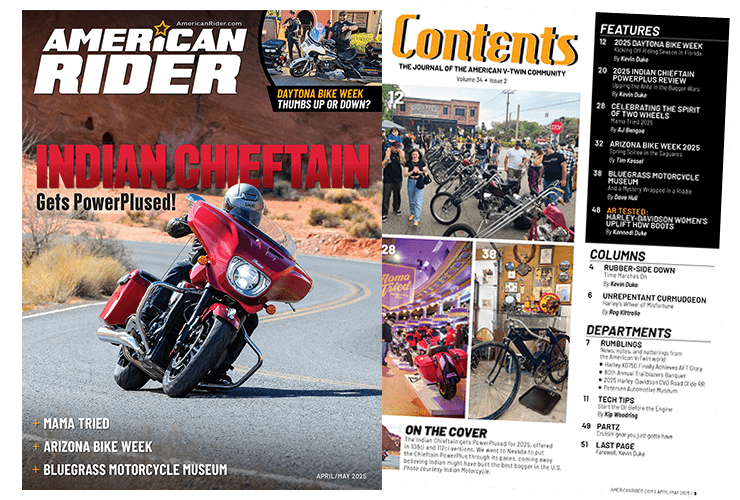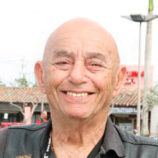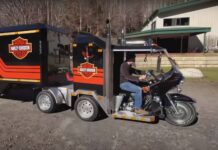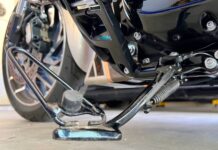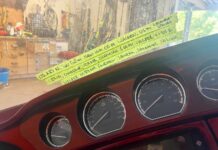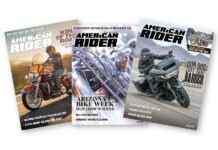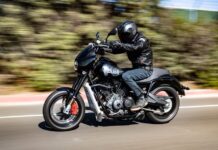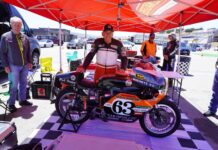A long time ago, the U.S. Navy in its infinite wisdom sent me (along with my advanced fear of heights) to learn the rudiments of flying. It was then, in the dead winter of a miserably bitter-cold 1947 that my time in the la-la land of tropical Guantanamo, Cuba, came to an end. I recall dragging my sea bag through the slush of a foreboding, and nearly deserted, Naval Air Station in Olathe, Kansas, at midnight because the base bus line had shut down due to the nasty road conditions.
After two miles of huffing it and swearing that desertion (or at least a simple attempt at AWOL) was the correct decision, a lone Jeep struggled past and I hopped on. They provided me with a lift to wherever my destination was and soon escorted me to my new warm barracks, where I fell asleep with my sleet-covered pea coat still on.
The military’s reasoning for making me endure flight training was so that I’d have first-hand knowledge of what a pilot was experiencing since I was soon to be a ground controller and flight-tower operator. That was a position I fulfilled for the next two years after completing my training and being transferred to the sprawling Naval Air Station in Patuxent River, Maryland. And while the reserve pilots were hotshots, constantly facing discharge by flaunting uniform regulations, I was regular Navy.
But before leaving Olathe, while on a weekend pass in Kansas City I spotted a magnificent, and new, Beck motorcycle jacket. It was on sale for a paltry $25, which back then was a ton of money. At that time my salary from the Navy was $52 a day—once a month.
Daddy sent me a check and, a week or so later, the jacket was mine and soon in the hands of a buddy that was spending his service time in the parachute shop. He cobbled together a black leather patch that was heat-stamped in gold with my name along with a U.S. Navy emblem stitched on the front left side. It certainly looked official. And while wearing it with my dress blues, passing the shore patrol at the gate was a snap. They assumed that a reservist was going off (and on) the base. While wearing this “uniform,” I never got challenged. But… that was the only place I got away with it.
The first time I tried it in Patuxent River, the game was over! As a reprimand, I received the loss of liberty passes for a full five weeks.
But on the sunny side, shortly after arriving at the base, a buddy of mine received orders securing him sea duty. By happenstance, his 1939 motorcycle was for sale due to his recent change in location. It was a 45-cubic-inch Harley-Davidson festooned with a dazzling array of about 20 lights and a well-worn buddy seat. (That well-worn seat was soon covered in the mouton fur coat back that I told you about in a previous column, after I became the bike’s new owner.)
Dear Old Dad came to the rescue once again, That $400 purchase price for the ’39 (that I don’t recall ever paying back) was the first in a long line of motorcycles of various brands, types, sizes and colors from 1947 until 2007, when a stroke cut short my ability to ride.
Such stories continue to provide great memories and dreams, and a collection of biking trivia to last till eternity—and beyond. And in my situation, it was a case of the jacket coming before the motorcycle. Thanks, Dad; I guess my biking lifestyle is really all your fault.

